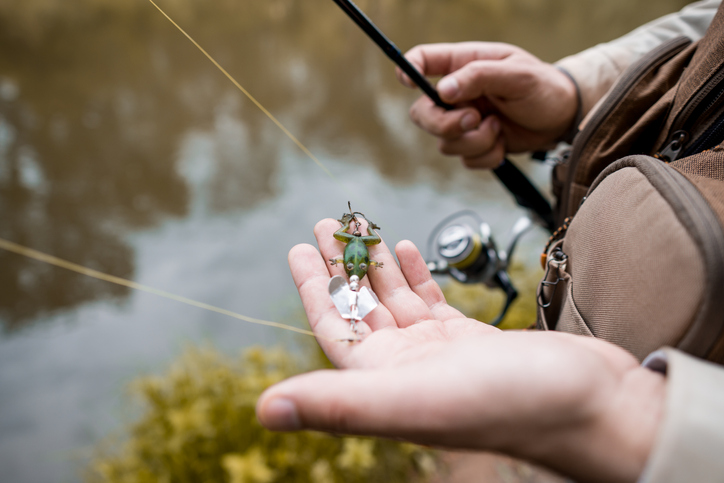For those just starting their journey into the world of fishing, learning basic fishing techniques is a crucial step towards successful and enjoyable experiences by the water. Fishing is not only a popular recreational activity but also a skillful art that connects you with nature. In this article, we will explore basic fishing techniques every beginner should learn, providing a solid foundation for your angling adventures.
Understanding Fishing Gear
Getting to Know Your Equipment
- Rod and Reel: Understanding the different types of rods and reels is fundamental. Beginners often start with a spinning reel and rod for their ease of use.
- Fishing Line: Learn about different line types and strengths. A monofilament line is typically recommended for beginners.
- Hooks and Baits: Familiarize yourself with various hook sizes and bait options, both live and artificial.
Casting Techniques
Mastering the First Step
- Overhead Cast: The most basic and widely used casting technique. It involves swinging the rod overhead and releasing the line at the right moment to target your desired spot.
- Side Cast: Useful in areas with limited space or overhead obstructions.
Knot Tying
The Art of Securing Your Hook
- Improved Clinch Knot: A simple and strong knot for attaching a hook to your line.
- Palomar Knot: Another popular choice known for its strength and simplicity.
Choosing the Right Bait
Attracting Your Catch
- Live Baits: Worms, minnows, and crickets are excellent for starters. They are effective in attracting a wide range of fish.
- Artificial Lures: While more challenging to use, artificial lures like spinners and soft plastics can be very effective and reusable.
Basic Fishing Techniques
Techniques Every Beginner Should Learn
- Still Fishing: The most straightforward technique, ideal for beginners. It involves casting your line and waiting patiently for a fish to bite.
- Spinning: Involves casting a lure and then retrieving it in a way that makes the lure move in the water, attracting fish.
- Trolling: A technique where you cast your line out and then slowly move your boat to make the bait swim through the water.
Understanding Fish Behavior
Knowing Your Target
- Feeding Patterns: Learn about the feeding habits of the fish you are targeting. This knowledge can significantly increase your chances of success.
- Habitat Preferences: Different fish prefer different environments. Understanding where to find the fish you’re after is key.
Catch and Release Techniques
Ethical Angling
- Proper Handling: Learn how to handle and release fish properly to minimize harm. This includes using barbless hooks and keeping the fish in water as much as possible.
Local Fishing Regulations
Staying Within the Law
- Fishing Licenses: Ensure you have the appropriate fishing license for your location.
- Catch Limits and Size Restrictions: Be aware of any regulations regarding the size and number of fish you can keep.
Learning these basic fishing techniques is an exciting first step in your angling journey. Remember, patience and practice are key components of fishing. Every time you cast a line, you’re gaining valuable experience. Enjoy the learning process, respect the environment, and cherish the moments of tranquility and thrill that fishing uniquely offers. Happy fishing, and may your lines always be tight!


Comments are closed.